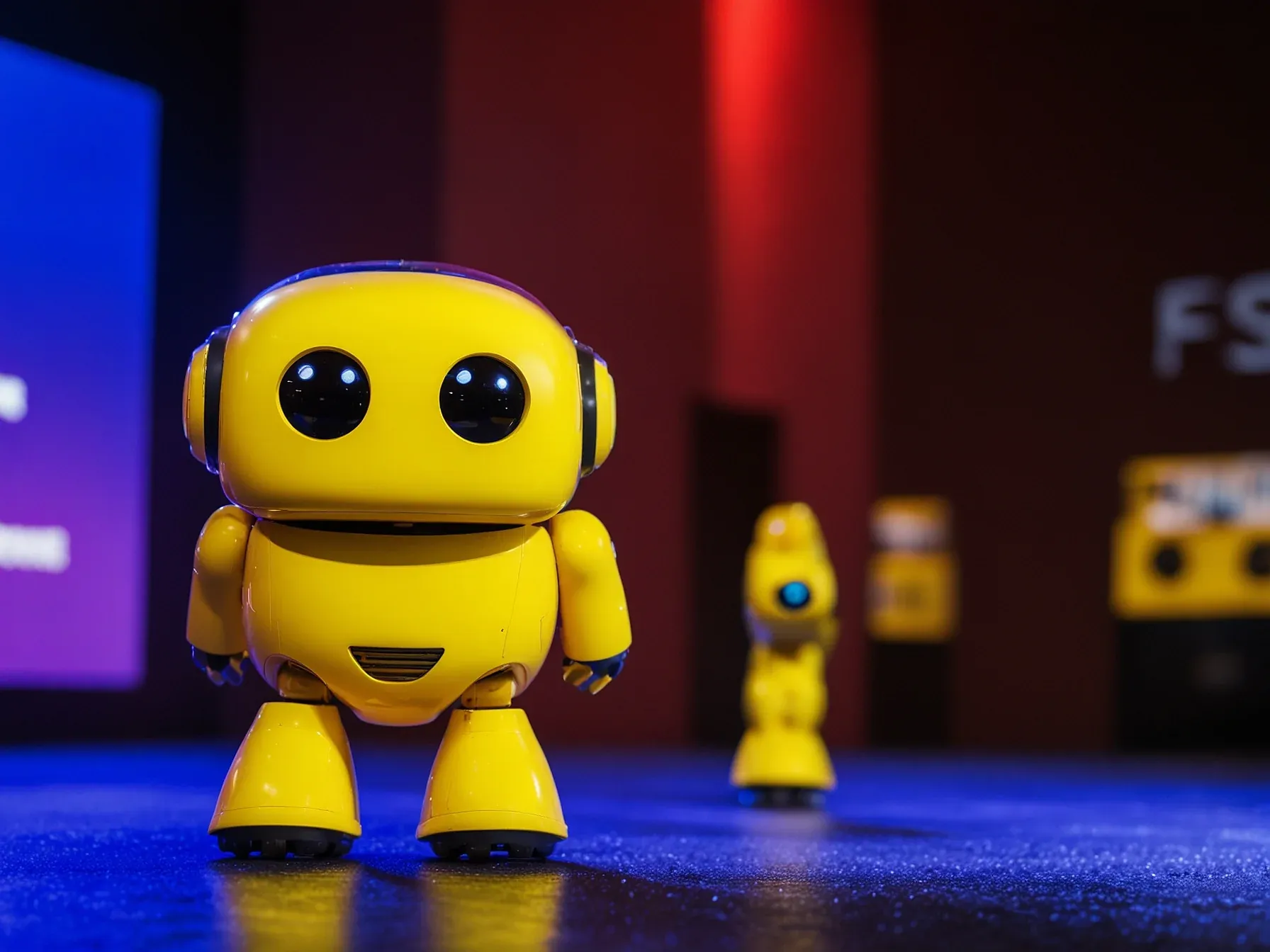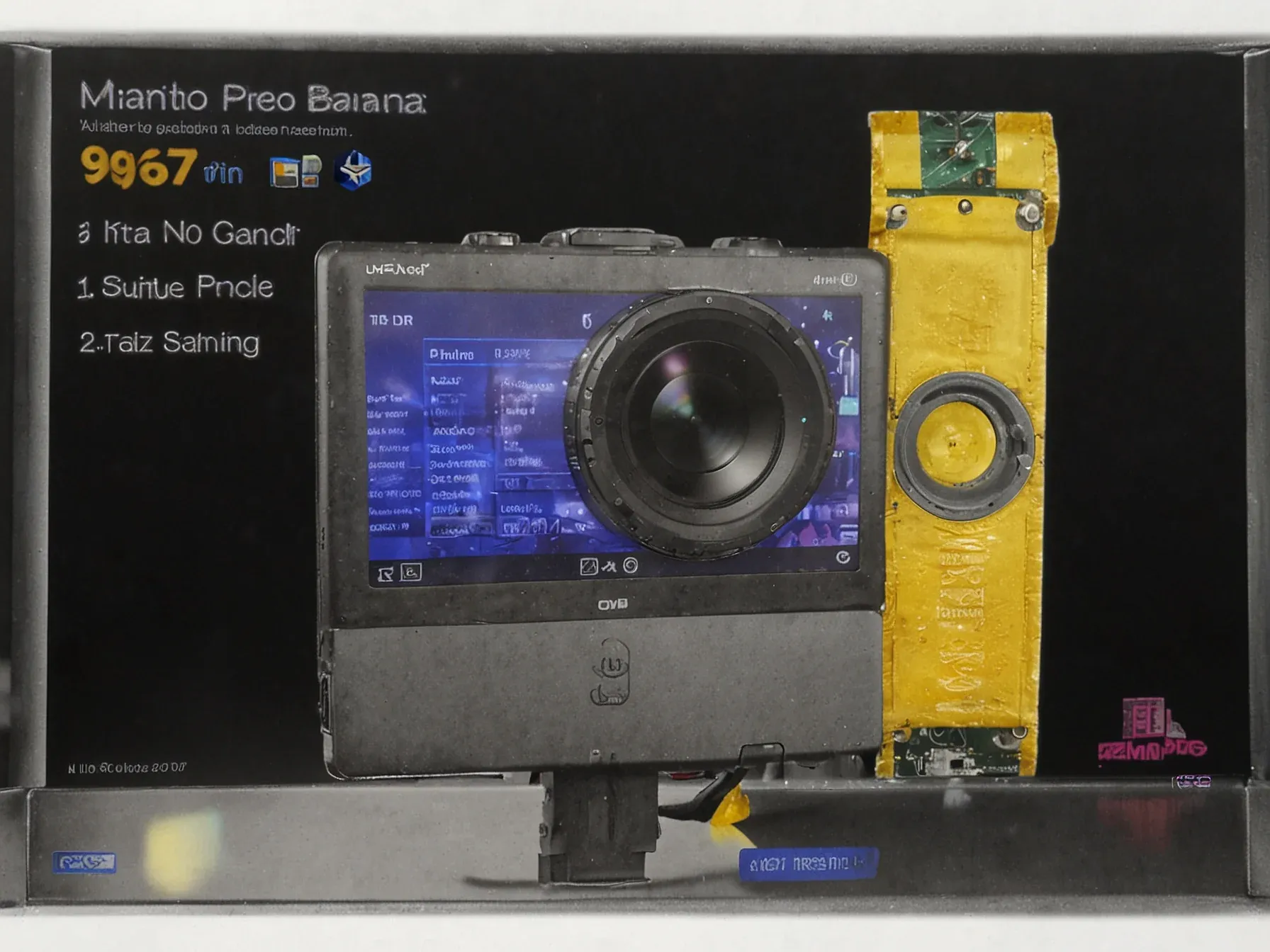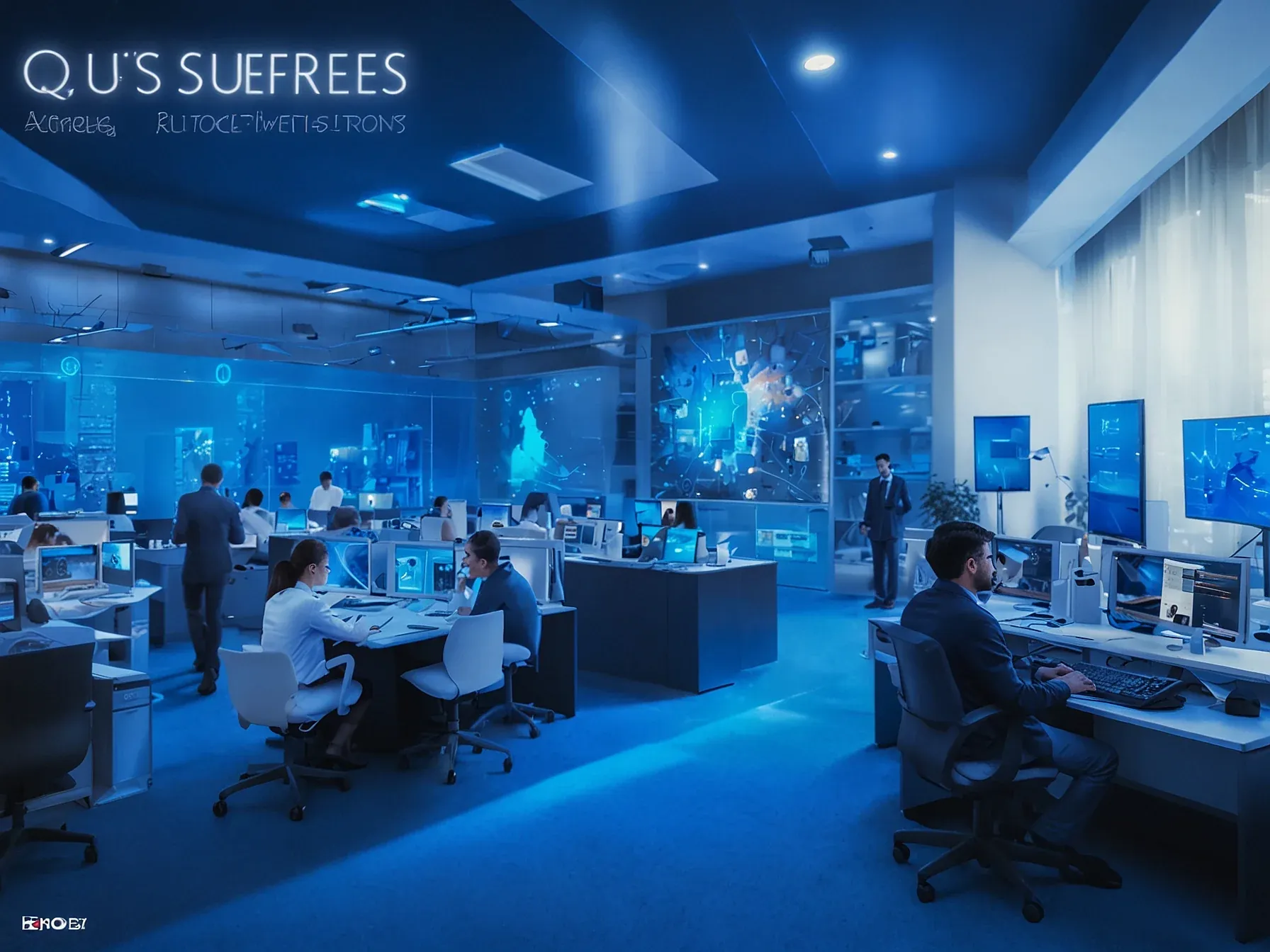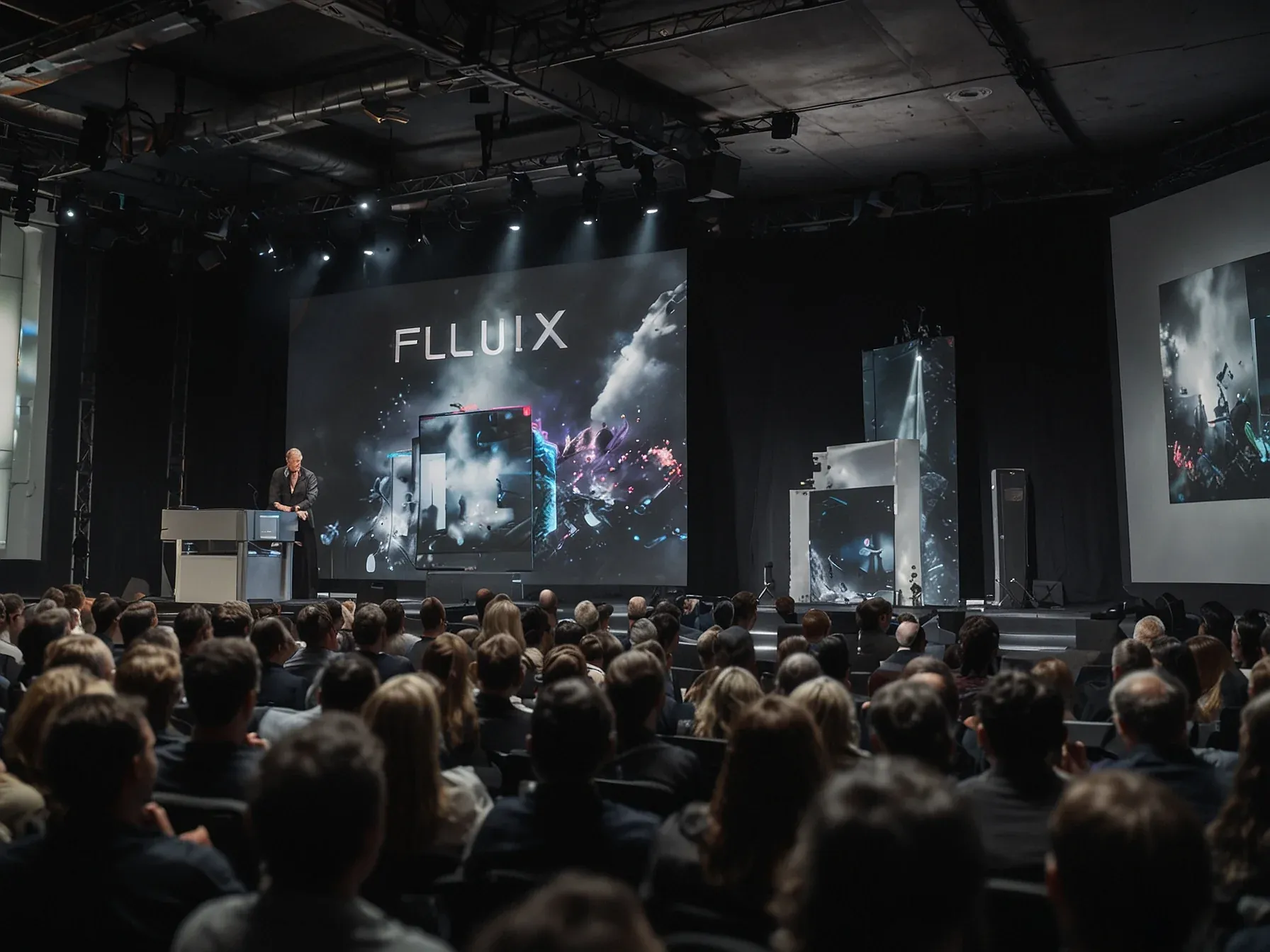
DHL, early AI adopter, rolls out HappyRobot agents to automate global operations
DHL has been testing AI tools for years, but this spring the company moved from pilots to a company‑wide rollout. The new “HappyRobot” agents sit alongside existing logistics software, handling routine tasks that used to require manual coordination across warehouses, trucks and customer service desks. By embedding the bots directly into daily workflows, DHL hopes to cut the time it takes to update shipment statuses, answer client queries and flag exceptions for human supervisors.
The initiative ties into an enterprise‑wide AI strategy that the carrier unveiled last year, a plan that emphasizes both smoother customer communication and a more supportive environment for employees on the front line. According to DHL, the agents are already helping teams manage operational workflows at scale, reducing the back‑office burden and freeing staff to focus on higher‑value decisions.
“DHL recognised early on the potential of AI agents as a new operating layer.”
DHL recognised early on the potential of AI agents as a new operating layer." The collaboration builds on DHL's enterprise-wide AI strategy and supports its goal of improving customer communication and employee experience. The company said the AI agents help teams manage operational workflows at scale and free staff to focus on strategic work. DHL said it has been identifying and validating AI use cases for more than 18 months.
Sally Miller, CIO at DHL Supply Chain, said the company is now integrating AI agents to "drive greater process efficiency for customers while making operational roles more engaging and rewarding for employees". Current deployments handle hundreds of thousands of emails and millions of voice minutes each year. These agents are said to be improving consistency in scheduling, transport status updates, and warehouse coordination.
Yamil Mateo, HappyRobot's head of product, said the collaboration helped design capabilities suited to DHL's operational needs.
Will the bots live up to DHL’s expectations? The rollout marks a concrete step in the carrier’s broader AI strategy, adding an automated layer to routine phone and email handling. By delegating appointment scheduling, driver follow‑up calls, and warehouse coordination to HappyRobot’s agents, DHL hopes to free staff from inbox overload.
Yet performance data remain undisclosed, so it’s unclear how much efficiency gains will materialise. The partnership builds on an enterprise‑wide push for smarter communication, and the company says the agents help teams manage workflows at scale. Still, the real impact on customer experience and employee satisfaction has yet to be measured.
HappyRobot’s CEO warned that many workers spend too much time maintaining systems, implying a potential relief. If the agents can reliably handle high‑volume interactions, the operational load could shift noticeably. Conversely, any glitches in scheduling or follow‑up could introduce new friction.
Ultimately, DHL’s early adoption provides a test case, but the outcomes remain to be validated.
Further Reading
- DHL adopts HappyRobot AI agents to streamline global operations - Container News
- DHL boosts operational efficiency and customer communications with HappyRobot's AI Agents - GlobeNewswire
- DHL boosts operational efficiency and customer communications with HappyRobot’s AI Agents - DHL Group
- DHL expands Logistics AI agents worldwide - AICerts.ai
- DHL and HappyRobot to accelerate warehouse AI - Logistics Manager
Common Questions Answered
What are DHL's HappyRobot agents and how do they integrate with existing logistics software?
HappyRobot agents are AI-powered bots that sit alongside DHL's existing logistics software, handling routine tasks such as shipment status updates and exception flagging. By embedding directly into daily workflows, they automate coordination across warehouses, trucks, and customer service desks.
How does DHL expect HappyRobot to improve customer communication and employee experience?
DHL expects the AI agents to streamline customer communication by quickly answering client queries and updating shipment statuses, reducing response times. For employees, the bots free staff from repetitive inbox overload, allowing them to focus on strategic work and improving overall experience.
Which operational tasks are delegated to HappyRobot agents in the company-wide rollout?
The rollout delegates appointment scheduling, driver follow‑up calls, and warehouse coordination to HappyRobot agents. These tasks previously required manual coordination, and automating them aims to cut processing time and flag exceptions for human supervisors.
What timeline has DHL followed in developing and validating AI use cases before the HappyRobot rollout?
DHL has been identifying and validating AI use cases for more than 18 months, moving from pilot projects to a full company‑wide rollout this spring. This extended period allowed the company to refine the AI agents and align them with its enterprise‑wide AI strategy.
Why is the performance impact of HappyRobot agents still uncertain for DHL?
Although DHL highlights the potential efficiency gains, performance data for the HappyRobot rollout remain undisclosed. Without concrete metrics, it is unclear how much the bots will improve operational speed and cost savings.




